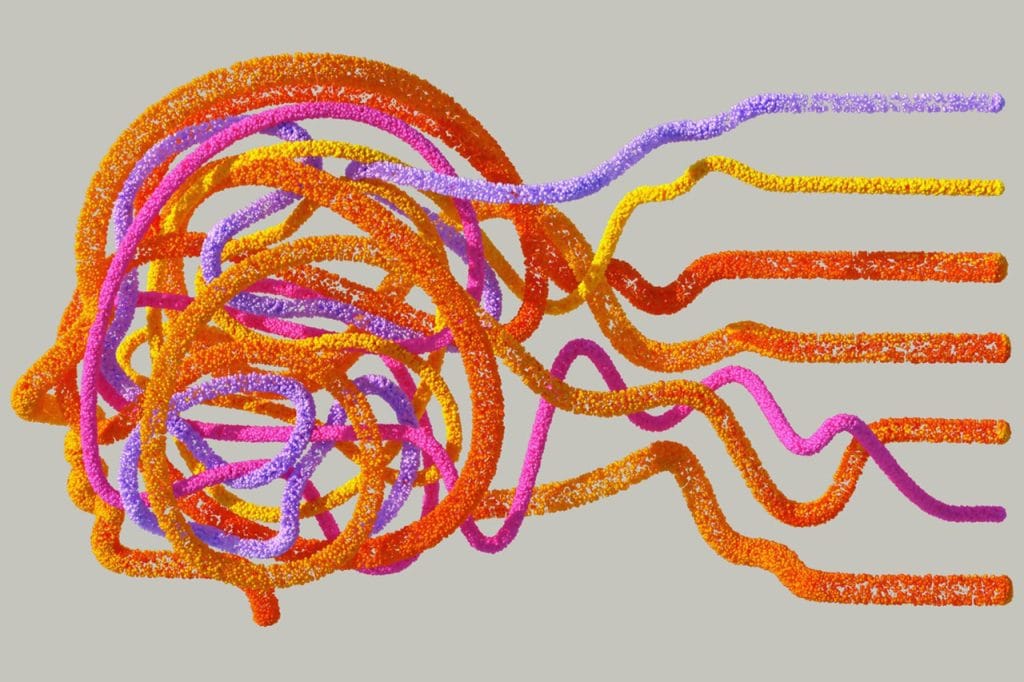AI offers a comprehensive definition of professional communication drawing material from a variety of sources. It says:
“Professional communication refers to the exchange of information, both verbal and nonverbal, within a workplace setting. It involves using clear, concise, and appropriate language and tone to effectively convey messages to colleagues, supervisors, and clients. Effective professional communication is crucial for building trust, fostering positive relationships, and achieving organizational goals.”
A key word that is missing from the above definition is “purpose”. This is an essential part of the strategy of the structure and the text that aims at serving the goal pursued by professional communication as… described above.
According to the same source, key aspects of professional communication are:
Clarity and Conciseness: Messages should be easy to understand and avoid jargon or unnecessary complexity.
Appropriate Tone: Maintaining a professional tone that is respectful and suitable for the audience and context is essential.
Active Listening: Paying attention to both verbal and nonverbal cues from others is vital for effective communication.
Nonverbal Communication: Body language, facial expressions, and tone of voice can significantly impact how a message is received.
Written Communication: Emails, reports, and other written documents should be clear, concise, and error-free.
Verbal Communication: Presentations, meetings, and casual conversations should be conducted with professionalism and clarity.
Digital Communication: Utilizing appropriate channels and tools for professional communication in the digital age is crucial.
Adaptability: Being able to adjust communication styles to suit different audiences and situations is important.
Ethical Considerations: Maintaining honesty, integrity, and respect in all professional communication is paramount.
All of the above are key parametres of any effective professional communication, either written or verbal.
Source: [Googling “Professional Communication”, photo: pexels.com]



